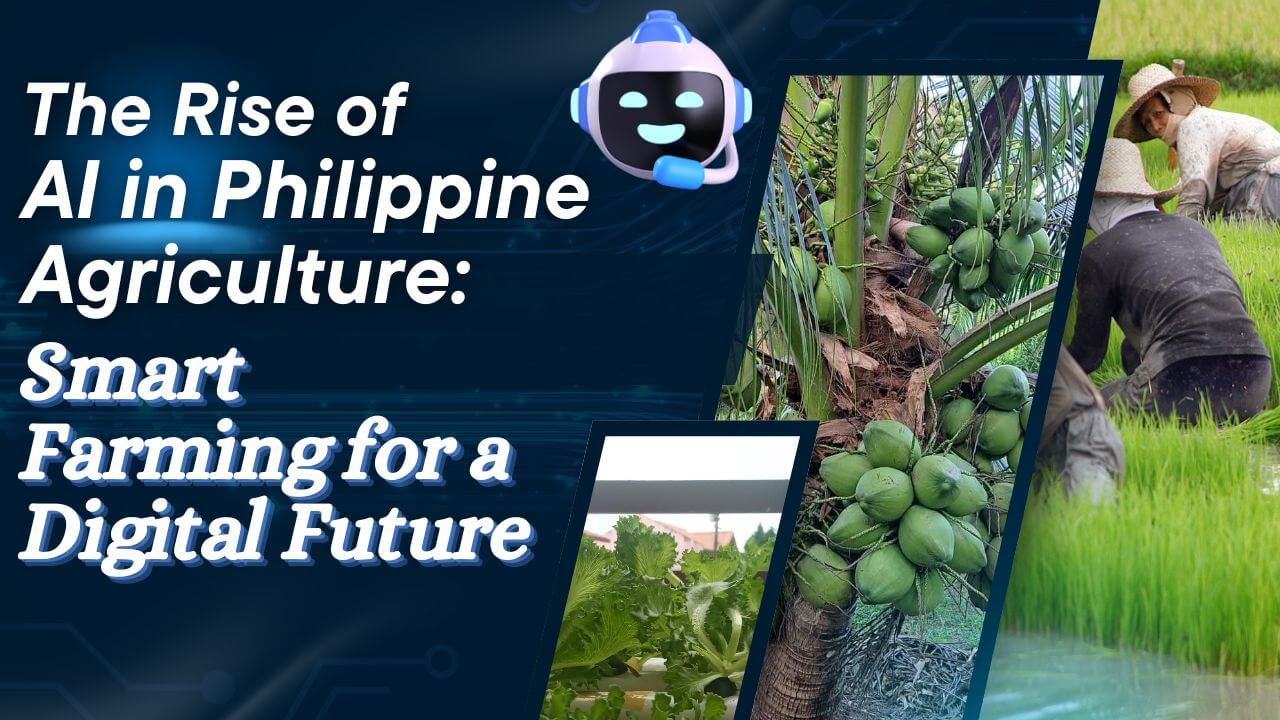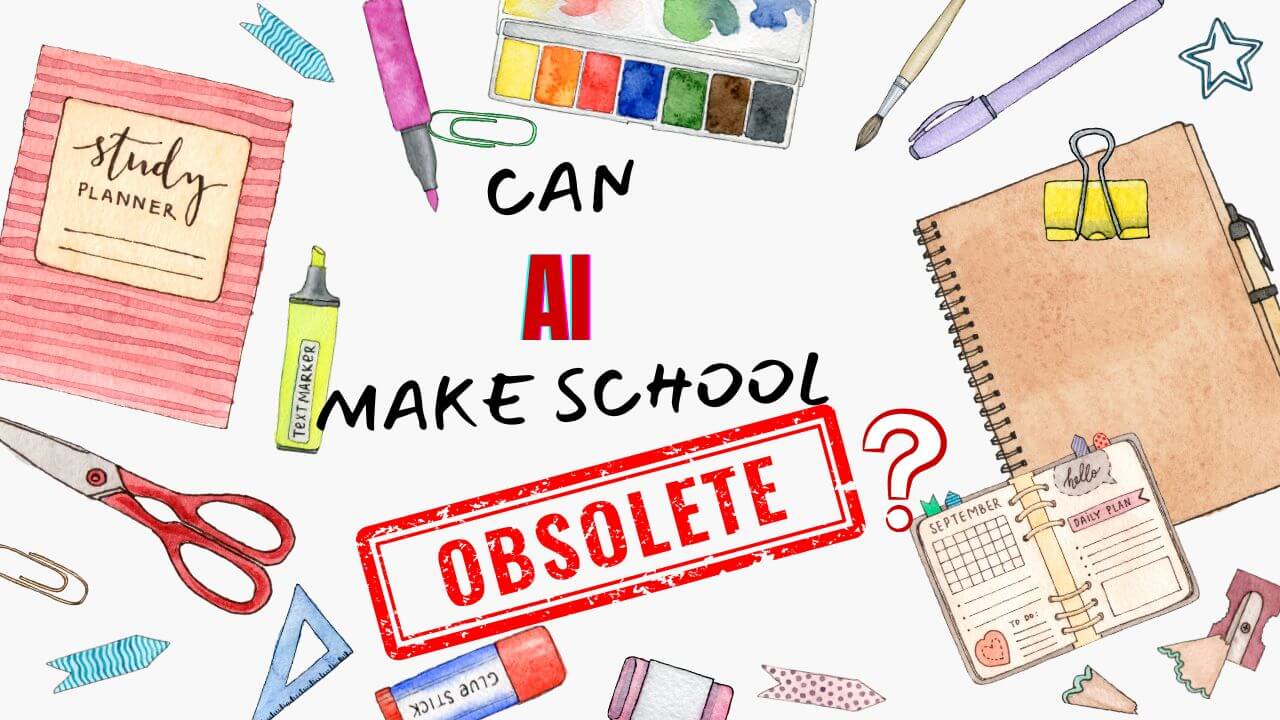In an era defined by rapid technological innovation, artificial intelligence (AI) is revolutionizing agriculture worldwide. From precision farming to predictive analytics, AI-driven solutions are transforming how crops are grown, resources are managed, and food security is maintained. For the Philippines—a country where agriculture remains a vital part of the economy—this digital evolution is set to redefine traditional practices, drive efficiency, and empower small-scale urban innovators.
Global and Regional Trends in AI-Driven Agriculture
Globally, AI is making significant inroads into the agricultural sector. In 2023, the global agricultural robotics market reached nearly $7.9 billion with an expected compound annual growth rate (CAGR) of 19.6% through 2030. In the Asia-Pacific region, the adoption of AI-powered agricultural solutions grew by roughly 23% in 2023, driven by government initiatives and a pressing need to boost food production while optimizing resource usage.
Countries like Thailand, Vietnam, and Indonesia are rapidly integrating AI-based technologies—from soil sensors and drones to machine-learning models for yield prediction—into their agricultural practices. These technologies are not only enhancing productivity but also supporting sustainable farming practices in regions facing challenges such as climate change and labor shortages.
Why It Matters for Filipinos: So What?
For Filipinos, integrating AI into agriculture is more than a technological upgrade—it’s a transformative opportunity that addresses several critical needs:
- Economic Impact: Approximately 24% of the Philippine workforce is engaged in agriculture. AI can enhance productivity through precision farming, leading to increased crop yields, reduced input costs, and higher incomes for farmers. Improved efficiency means more profitability and stability in a sector that supports millions of livelihoods.
- Food Security and Sustainability: The Philippines faces frequent challenges from extreme weather events and climate change, which directly impact crop production. AI-powered solutions, such as predictive analytics for weather patterns and smart irrigation systems, can help mitigate these risks. By optimizing resource management and reducing waste, these technologies strengthen national food security.
- Bridging the Digital Divide: While extensive AI implementations may seem more feasible in rural areas over time, urban centers are already leading the way in digital agriculture innovations. Metro areas like Metro Manila are piloting initiatives in vertical farming, hydroponics, and urban gardening—showcasing how technology can reinvent agriculture on a smaller scale before wider adoption.
- Catalyst for Local Innovation: Filipino startups and tech enthusiasts are increasingly developing tailored AI solutions that address local agricultural challenges. Research institutions in the Philippines are experimenting with machine learning models for crop disease detection and yield optimization, setting the stage for a homegrown revolution in smart farming.
Busting the Myth: “Magtanim ay Di Biro” Reimagined
The familiar Tagalog folk song, “Magtanim ay Di Biro” (traditionally translating to “planting is no joke”), has long underscored the grit and toil required in traditional farming. However, the advent of AI in agriculture invites a fresh perspective.
Today, planting isn’t solely about backbreaking labor—it’s transforming into an engaging, high-tech endeavor. Modern smart farming techniques enable real-time monitoring, automated irrigation, and data-driven decision-making, turning the arduous task of cultivating crops into a dynamic and enjoyable process. In urban centers, innovative projects such as vertical farms and smart hydroponics are increasing food production while sparking a renewed interest in agriculture as a fun, creative, and rewarding pursuit. The essence of “Magtanim ay Di Biro” remains, but now it’s infused with modern technology that makes the process more efficient—and yes, even enjoyable.
Starting Small in Urban Centers
One of the most promising approaches for accelerating AI-driven agriculture in the Philippines is to begin in urban centers, where the necessary resources and infrastructure are already in place:
- Vertical Farming and Hydroponics: In densely populated areas, these innovative farming methods maximize limited space while utilizing AI to optimize nutrient delivery, monitor plant health, and minimize water usage.
- Real-Time Data Analytics: Urban farming setups are integrating sensor networks with AI analytics to control environmental factors like temperature, humidity, and light. This not only improves yield quality but also provides invaluable insights that can be scaled to larger, rural farms.
- Pilot Projects and Scalability: Success stories from urban smart farming initiatives can serve as blueprints for broader adoption across the country. Once proven effective, these innovative methods can be adapted to suit traditional farming practices, bridging the gap between rural and urban agriculture.
The Vital Role of Agriculture in a Small Country
For a small country like the Philippines—spanning a total land area of 298,170 km² and home to an estimated 116.8 million people—agriculture is as essential as life itself. Agriculture is not merely an economic activity; it is fundamental to the nation’s survival. Relying excessively on imported food can compromise national food security and drain local resources, potentially making us poorer than we are now. In this context, embracing AI-driven smart farming becomes even more critical. It empowers Filipino farmers to boost local production, reduce reliance on imports, and ensure a resilient, self-sustaining economy. For more insights on the economic divide influenced by such dynamics, see our discussion on the AI Economic Divide in the Philippines.
Conclusion: Cultivating a Digital Future in Philippine Agriculture
The global surge in AI-driven agriculture and the rapid integration of smart farming solutions in Asia have laid the groundwork for a transformative shift in the Philippine agricultural sector. Advanced technologies can boost productivity, reduce resource wastage, and fortify food security—benefits that resonate deeply with local farmers and entrepreneurs.
Far beyond an abstract promise, AI offers concrete tools to help modernize agriculture, starting right here in our urban centers. It’s time to redefine the old refrain of “Magtanim ay Di Biro” by embracing innovation that makes planting not only a serious endeavor but also a fun, rewarding one. By bridging traditional practices with cutting-edge technology, Filipinos can cultivate a future where agriculture thrives as an engine for economic growth and sustainable living.
The digital revolution in agriculture is already underway—let’s volt in and sow the seeds for a smarter, more prosperous tomorrow!
Sources
- Worldometer for Population and Area Data: worldometers.info
- Philippine Institute for Development Studies (PIDS) Reports: Reports and studies on agricultural practices and economic impact in the Philippines.
- 6Wresearch Reports on the market outlook for AI applications in agriculture, including the “Philippines Artificial Intelligence in Agriculture Market (2025-2031)”.
- International Journal of Science and Research Archive Scholarly articles and research studies on advancements in AI-driven agriculture.
- AI Economic Divide in the Philippines AI Economic Divide in the Philippines – Analysis on the impact of imported food versus local production and the economic implications for the Philippines.







